There has been a lot of hype for Ouya, the upcoming Android-based console that lasered our eyeballs on Kickstarter and across the web this week. Whether you’ve plunked down a donation or are excited by it or not, you can respect that it’s at least made waves across the spectrum.
One of the biggest debates we’ve been reading about the device is if it will upend what Microsoft, Nintendo, and Sony are doing in the console space. “The Big Three better watch out! This will change console gaming forever!”
The short answer is “No. Not a chance.” The long answer, on the other hand, details why the device has a massive uphill climb but could still end up a wild success, just not for the typical gamer.
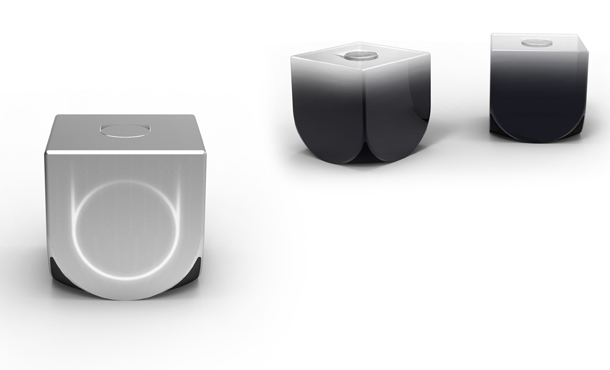
The Facts
To decipher where the Ouya falls in today’s (or tomorrow’s) landscape, we need to look at the technical specifications of the product. From the Kickstarter page:
- Tegra3 quad-core processor
- 1GB RAM
- 8GB of internal flash storage
- HDMI connection to the TV, with support for up to 1080p HD
- WiFi 802.11 b/g/n
- Bluetooth LE 4.0
- USB 2.0 (one)
- Wireless controller with standard controls (two analog sticks, d-pad, eight action buttons, a system button), a touchpad
- Android 4.0
Tegra3 is a powerful processor for portable devices. Found in Android tablets and phones, its specs are comparable to Apple’s A5X chip. With 1GB of RAM and 8GB of storage, it’s essentially on par with the new iPad in specs. Running Android 4.0 means that it’s already one release behind; Android 4.1 Jelly Bean is currently available on phones. Since the device doesn’t release until March of 2013, it’s conceivable to think that another 1 or 2 generations of the Android OS may be released by the time that it launches.
The Tegra3-specific games certainly look great on tablets. Dead Trigger and Shadowgun, both by MadFinger Games, are currently available on Android and iOS and look terrific on the screens. In fact, Tegra3 is already known to run a variant of Unreal Engine 3, which powers many popular Xbox 360 and PS3 games.
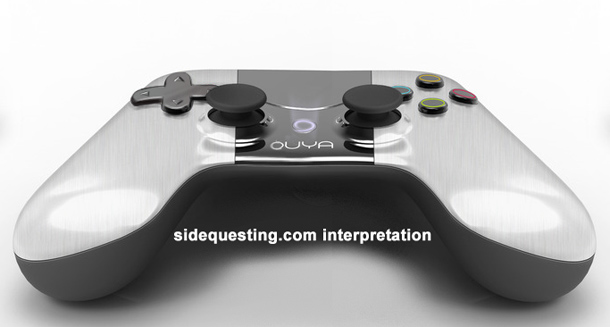
The low price is a minimal barrier to entry as well. At $99, and delivering 1080P and including a modern game controller in the box, it won’t be a difficult spend for folks looking for a device that can provide ports of their favorite portable games and is easy to hack.
Mr Popular
As of the time of the writing of this article, Ouya had already raised over $4 Million on Kickstarter, after asking for “just” $950k. That’s good enough to land it at #2 all time on the service, with nearly a month still left to go. How did that happen? A perfect storm. Thanks to rumors of its existence over the past month, with names tied to it like superstar industrial designer Yves Behar at the helm, when it finally hit Kickstarter it was already at an advantage. Had it been created by John and Bob it wouldn’t nearly have as much of a name recognition impact as Behar. Couple that with exclusive articles in several publications and an almost locomotive-like push on Twitter, and you have an instant tornado of hype.
Another point worth noting is the increasingly insatiable need to get to the next generation of hardware. With Nintendo’s Wii U coming this year and kicking off the “next gen”, Microsoft and Sony are set to follow in 2013. It’s the right time to talk of new consoles, no matter who they are from.
The Issues
The device comes off as highly promising, until we sit back and look at some of the issues and unknowns that surround it. So far, we know little of any games coming to the device. Nothing has been officially confirmed, and even then we’re suspecting Android and iOS ports, not Xbox 360 or PS3 series. Many developers are taking a wait-and-see approach, as evidenced by Notch on the Ouya Kickstarter page.
“We will follow the development of OUYA and see how it resonates with gamers. I could see all current Mojang games go on the platform if there’s a demand for it.” – Mojang (developer of Minecraft)
That’s not necessarily reassuring.
Ouya is also labeling itself as hacker-friendly, which instantly beckons illegal copies of games and emulation. The current Android platform is rife with illegal bootlegs and cracked games, and it could only get worse if people begin to use their Ouya to play copies of other console’s games on it.
We’ve never even seen an actual prototype or image, just computer renders of the device. The developers have said that the design is far from final, so it could potentially look different from what we see on the Kickstarter page.
Nintendo, Sony, and Microsoft — The Big Three
The most compelling reason for why the Ouya won’t compete with the Big Three is simply this: brand recognition. There is no Halo, Mario, Kratos, or Zelda on the Ouya. There are no years of heritage build-up, technical knowledge, or even product and consumer understanding. The brands of the Big Three are far too strong to compete. Even Valve’s mythical Steam Box would have trouble against them.
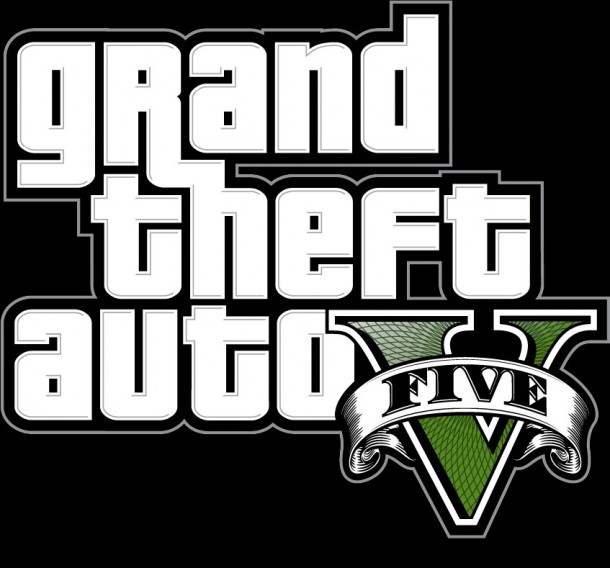
There are no first party games, and no big name games announce for the device. Even if Ouya does get a port of Modern Warfare or GTA V, would it be enough to draw gamers away from versions on their favorite consoles? Highly unlikely.
Marketing also comes into play. Microsoft spent $500 million to launch the Kinect. That makes the Ouya’s campaign look like pennies in comparison. Sony’s Kevin Butler ad campaign made the PS3 an entertainment choice. Nintendo looks to spend millions in preparation for the launch of the Wii U. The Ouya hasn’t had a press conference, either. They certainly don’t hold a perception like Apple, and E3 or Gamescom presence is necessary to even be remotely considered on the same level as the giants.
With Nintendo launching the Wii U this year, it instantly initiates a hardware war. Microsoft and Sony’s next efforts will almost certainly be powerhouses out of the gate, and a Tegra 3 chip simply won’t be able to handle where games are going next. The Ouya would theoretically need to be on a 12-18 month cycle to stay competitive.
Committing to a digital download-only methodology also sets it away from in-store sales outlets. Best Buy may sell the Ouya down the line, but it would never have the floor space that Nintendo does. Outlets like Sharper Image and Bed, Bath & Beyond might be a better fit for the device, as they typically serve digital-based electronics so as not to worry about item stockpiles in their warehouses.
The vocal “the old manufacturers are doomed” proponents really don’t have a strong ledge to stand on.
That relegates it to niche-levels, and definitely not a first choice for a games console. Thankfully for the device, it doesn’t want to be that.
The Real Competition: The Second Tier
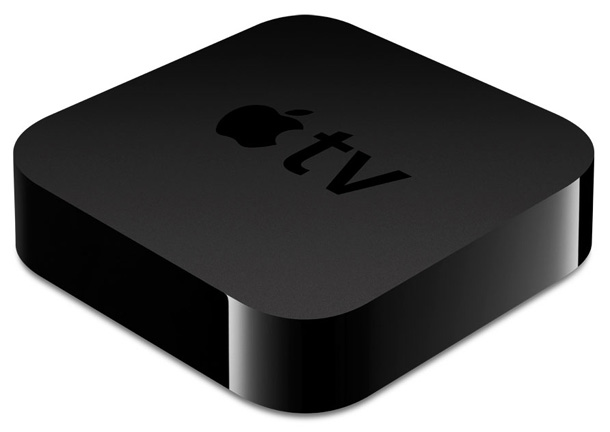
At $99, the Ouya falls into “bargain” territory. This area is perhaps best called “the second tier” of gaming, delivering higher impacts to smaller segments of consumers. Assuming that it makes true on its promise to bring games development back to the bedrooms and out of the board rooms, it could be a perfect price for newcomers and independent developers.
In fact, a device specifically aimed to deliver indie games to a television on a regular basis would be highly intriguing… if it didn’t already exist.
XBLIG & PSN
Xbox Live and PSN have become havens for independent developers on consoles. If it wasn’t so difficult to gain promotion on the services, the Ouya wouldn’t even exist. However, there are 100 Millions users of these devices, and many of them online and surfing through marketplaces. Asking them to switch to a brand new console for something they already have would be difficult. Going after PC gamers who hook up their computers to TVs, however, would be a better path.
OnLive & Gaikai
OnLive sells for $99 and comes bundled with an impressive controller. Its service is home to indie games and blockbusters like LA Noire. Being based on streaming technology, the console is just one outlet of several where its games can be played — PCs, browsers, and tablets all have OnLive apps and functionality. Newer televisions are even including the streaming service built-in. Gaikai, the corporate streaming backend that was just purchased by Sony, provides much of the same functionality but is console-less. Both of these offer the games that Ouya doesn’t, at affordable prices, and can theoretically maintain visual fidelity with the latest consoles as they arrive. In fact, some of their games already look better streaming then they do on Xbox and PS3.
Apple TV
Should Apple TV (and the rumored television that the company is developing) announce app functionality, it would certainly be a huge road block for Ouya. Cheap, often free games that are delivered via the trusted iTunes in a hacker-free, safe, enclosed environment, with the multitude of other apps available, would spell doom for the Ouya. Apple’s backbone is strong, and its roots run deep. Its ties to the entertainment industry set it above any of its competitors, outperforming even Microsoft and Sony. Games are a natural next step for the device. If it does enter that segment, it could even potentially leap into (and above) the same space that the Big Three occupy.
iPad & Tablets
Being Android-based means that phone and tablet games can be easily ported over to the Ouya. But, that also means that the games are already available and widely adopted on those devices. Why play them on a TV if they work fine on the Nexus 7 or iPad? Do consumers really want a new device just to play the same games? One thing to consider that has kept mobile games from being considered “core” enough is the lack of a controller. With the Ouya bringing a modern controller into Android, it’s conceivable that completely new games and experiences will be created for it beyond just ports. “If Apple made a controller” is a common remark read on the web. Well, the Ouya does that.
Raspberry Pi
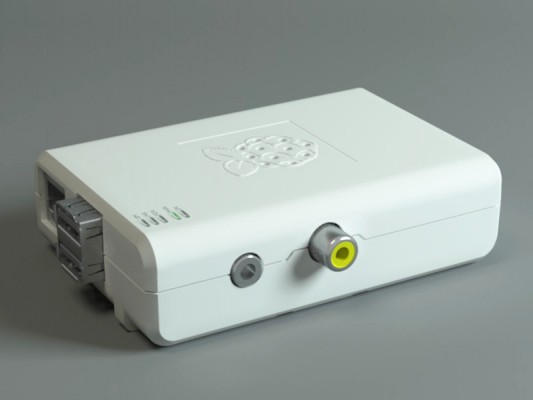
For just $25, anyone can own a hackable, open-source PC to run essentially thousands of games and apps. The Raspberry Pi is intended to be a “learner’s PC” to teach youth and enthusiasts to code and develop. It does much of what the Ouya does, for cheaper. Standard PC game controllers can be used, games can be downloaded and stored on USB drives, and it has HD video output. For anyone looking into a true hacking/developer friendly device, it doesn’t get much easier or cheaper than the Pi. Thankfully for the Ouya, it’s so incredibly niche that it falls into the “education” category rather than a typical gaming console.
Uphill Battle or Strong Start?
It’s still far too early to predict how the Ouya will fare in the marketplace. At the very least, it will support Android games and be homebrew friendly, meaning that anyone who buys one will get games some how and at an affordable price. The perception is mixed right now about its long term success, but it does take a huge step towards download-only gaming that current console manufacturers are afraid to take. Even if the Ouya does or doesn’t succeed initially, it has the ability to evolve over time into something that will develop its own segment and use. A primary or secondary console? Doubt it. As a third console in homes, though, it’s extremely compelling.

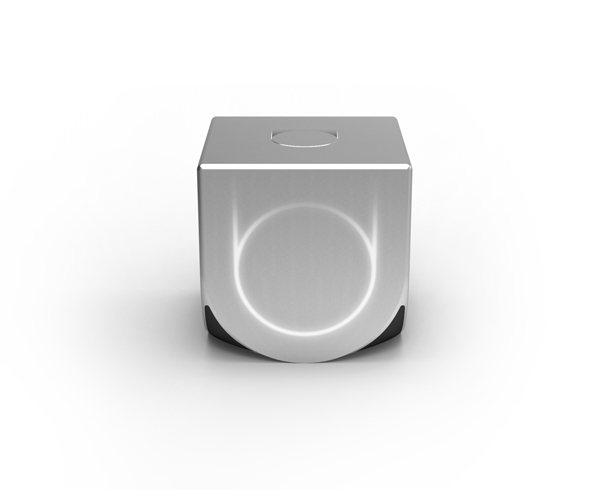
No Comments